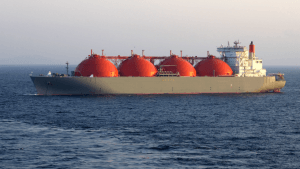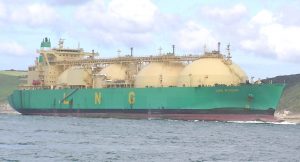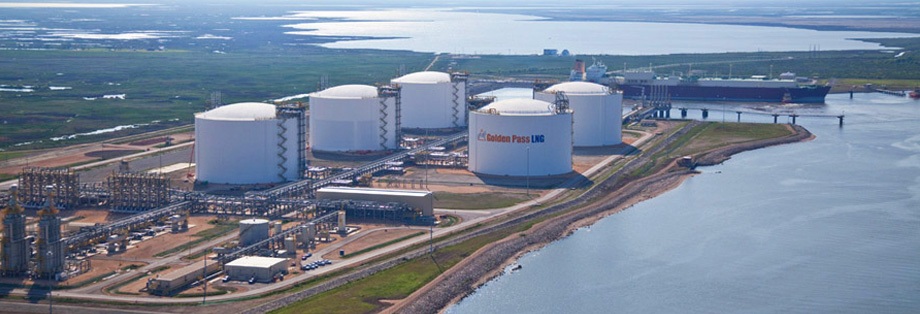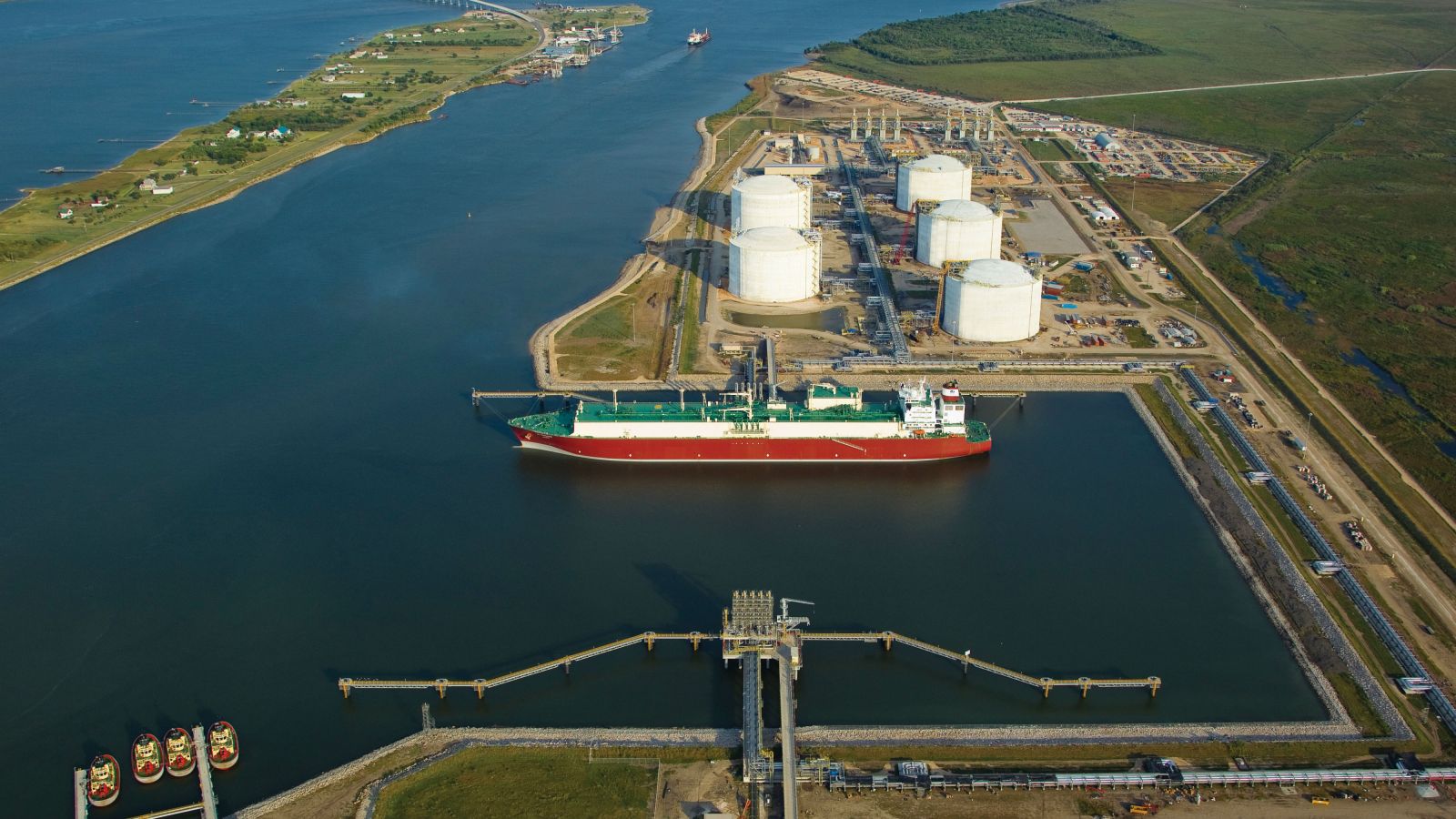LNG Export Capacity Decline: A Tightening Global Natural Gas Market Through 2025

EIA estimated this year will bring the lowest amount of liquefied natural gas (LNG) export capacity additions in a decade, exacerbating expectations for a tight global natural gas market through 2025.
The Energy Information Administration (EIA) estimated this year will bring the lowest amount of liquefied natural gas (LNG) export capacity additions in a decade, exacerbating expectations for a tight global natural gas market through 2025. In a recent report, EIA researchers projected four liquefied natural gas export projects would come online across the world this year, adding a combined capacity of 1 billion cubic feet daily. Its expectations were based on data from the International Group of Liquefied Natural Gas Importers and information from project developers.
Fewest Global LNG Capacity Additions Since 2013
If completed, the projects would amount to the fewest additions to global supply since 2013, when around 0.7 billion cubic feet daily of capacity was brought online. EIA researchers wrote that 2023 would likely be the beginning of a three-year streak of “fewer global LNG export capacity additions than in previous years.”
African Projects Lead LNG Capacity Expansion

LNG volumes, mostly from U.S. producers, have helped European countries fill winter storage, but regulators have said governments would have to reduce demand until more supply becomes available.
Most of the additions to export capacity are expected to come from Africa. The Greater Tortue Ahmeyim LNG project operated by BP offshore Mauritania and Senegal and the Tango Floating LNG production unit located offshore the Republic of Congo could start up this year.
Indonesia’s Role in LNG Capacity Growth
A third train at Tangguh LNG in Indonesia, also operated by BP, could boost the facility’s capacity by 50 percent sometime in the first half of the year. A second Indonesian project, the first of four trains at Sengkang LNG, could come online as well, though EIA noted the project has been delayed several times.
Enjoying our insights?
Subscribe to our newsletter to keep up with the latest industry trends and developments.
Stay InformedEurope’s Gas Demand and Asian Competition
The recent low point of LNG capacity additions comes as Europe’s quest to replace Russian gas stokes price volatility and competition with Asian natural gas buyers. LNG volumes, mostly from U.S. producers, have helped European countries fill winter storage, but regulators have said governments would have to reduce demand until more supply becomes available.
U.S. LNG Projects to Boost Capacity by 2025
The largest additions to global capacity are expected to come from U.S. projects, starting with the initial ramp up of ExxonMobil and QatarEnergy’s Golden Pass LNG sometime next year. Cheniere Energy Inc.’s Corpus Christi (Texas) Stage Three project and Venture Global LNG Inc. also could contribute to a 5.7 billion cubic feet daily boost by the end of 2025.

The largest additions to global capacity are expected to come from U.S. projects, starting with the initial ramp up of ExxonMobil and QatarEnergy’s Golden Pass LNG sometime next year.
The United States: Leading the LNG Capacity Growth
The United States has led in the growth of LNG capacity since the first export facility, Cheniere’s Sabine Pass LNG Terminal, began operations in 2016. Seven years later, the United States is now the largest LNG exporter, ahead of Australia and Qatar, with a 13.9 billion cubic feet per day peak production capacity.
Conclusion: Navigating the LNG Export Capacity Decline
As the global natural gas market faces an LNG export capacity decline, it is essential to monitor the ongoing projects and their potential impact on supply and demand. Continued investment in LNG infrastructure.





















